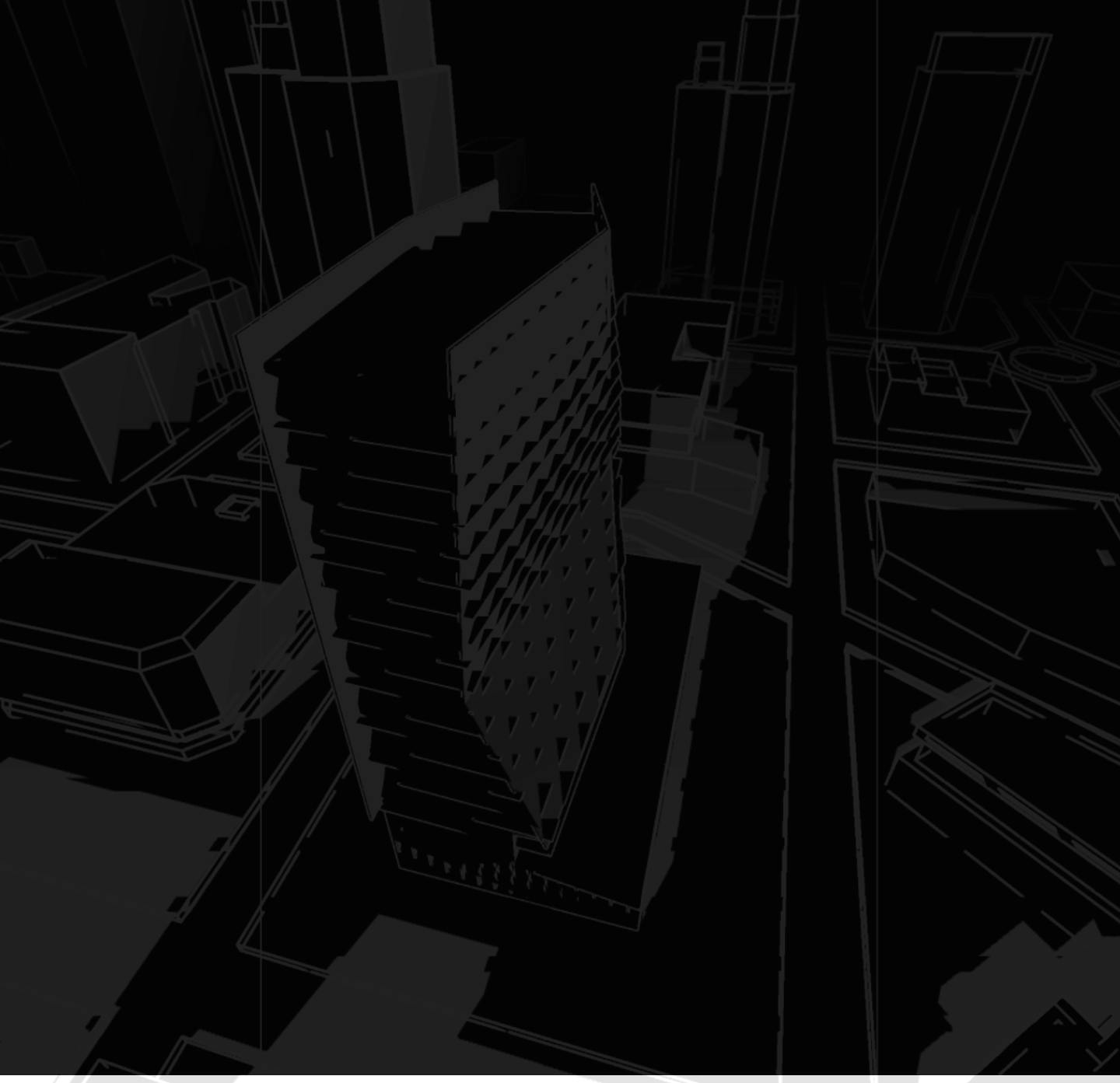
EUI (kBtu/ft2/yr)
A building’s energy use intensity refers to the energy required to operate and sustain building over a year . The abbreviation for Energy Use Intensity, EUI is expressed as the energy per square foot per year (kBtu/ft2/yr). By calculating the EUI, architects can better predict the project’s utility cost as it is directly linked to a building’s projected energy consumption and expenditure. With cove.tool, architects and engineers can calculate ballpark results in minutes, helping teams understand big-picture components without wasting time to prep models and set up engineering inputs.

Spatial Daylight Autonomy (sDA)
Spatial Daylight Autonomy describes how much of a space receives sufficient daylight. Spatial Daylight Autonomy (sDA) examines whether a space receives enough daylight during standard operating hours (8 a.m. to 6 p.m.) on an annual basis on the horizontal work plane.

Carbon Emissions (Tonne/CO2e/yr)
Also known as the climate-change metric, carbon emissions are expressed as the equivalent tons of CO2, Carbon Dioxide, generated annually ones the designed building is in operation. In construction, the value of designing with carbon emissions in mind is more imperative than ever. Buildings contribute to 40% of the total carbon emissions in United States; this number changes by each city. For example, in the city of Atlanta, buildings contribute close to 60% of total carbon emissions! Global Warming continues to affect our cities and the impact is forcing the industry to change and be more conscious of the landscape we build.
Utility Cost ($/kBtu and $/util. unit/ft2)
Electricity, Natural Gas, and Water Utilities are a major factor when calculating a building’s life cycle costs. Knowing one’s utility cost per square foot can also help determine the financial impact of different design options, especially early in the design stages when massing is substantially variable. A quick calculation can help weigh one option over another when cost becomes an urgent deciding factor. This metric is also crucial to estimating the payback period, the time in which it takes a project’s efficiency efforts to return in savings the project’s first costs.
AIA 2030 Benchmarking
This is a target introduced in 2006 by Architecture 2030 to help reduce the impact of architecture on climate change. All new buildings, developments and major renovations shall be designed to meet a fossil fuel, GHG-emitting, energy consumption performance standard of 70% below the regional (or country) average/median for that building type. At a minimum, an equal amount of existing building area shall be renovated annually to meet a fossil fuel, GHG-emitting, energy consumption performance standard of 70% of the regional (or country) average/median for that building type. (Architecture2030.com)
